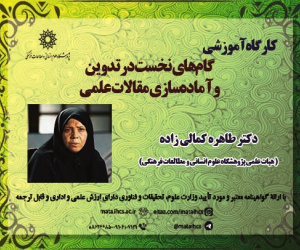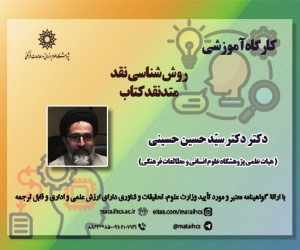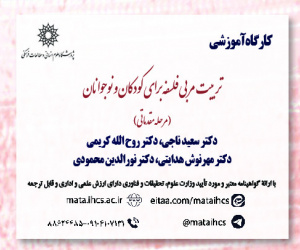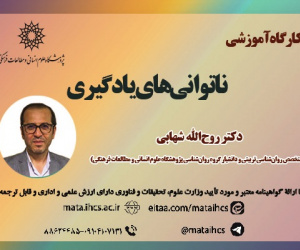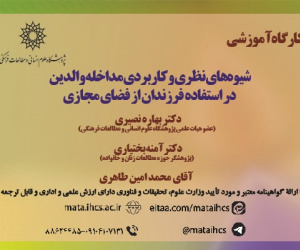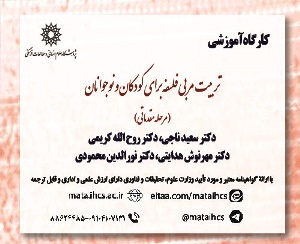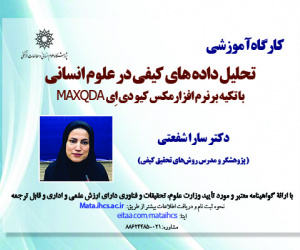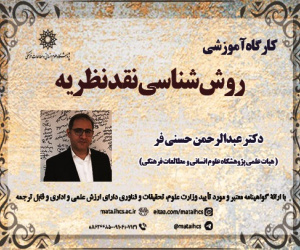ارتباط پویای بین بازار سهام ایران و بازارهای کالایی: رویکرد TVP-VAR و بهینه سازی سبد دارایی (مقاله علمی وزارت علوم)
درجه علمی: نشریه علمی (وزارت علوم)
آرشیو
چکیده
پژوهش حاضر با به کارگیری روش خودرگرسیون برداری با پارامترهای متغیر در زمان (TVP-VAR)، روابط پویای بین بازارهای آتی کالایی شامل مس، آلومینیوم، نیکل، قلع، روی، سرب، طلا، نفت خام و بازار سهام ایران را در بازه زمانی 26 خرداد 1393 تا 1 خرداد 1403 بررسی می کند. نتایج نشان می دهد که تغییرات متقابل بین این بازارها، تقریباً 69/42% از واریانس خطای پیش بینی را تبیین می کند که گواهی بر وجود سرریزهای درخور توجهی میان این بازارها است. در ادامه، با استفاده از شاخص های همبستگی زوجی، سبد بهینه ای از دارایی ها را با رویکرد سبد دارایی حداقل اتصالات ارائه می دهد و آن را با روش های سنتی سبد دارایی حداقل واریانس و سبد دارایی حداقل همبستگی مقایسه می کند نتایج نشان می دهد که وزن های بهینه در سبد در رویکردهای مختلف سرمایه گذاری متفاوت اند؛ بااین حال، طلا و شاخص بورس ایران به طور مداوم دارای بالاترین وزن ها در سبدهای بهینه بوده اند. تحلیل وزن های بهینه سبدهای دو متغیره نیز نشان داد که تمایل به سرمایه گذاری بیشتر در مس و طلا است. این یافته ها پیامدهای مهمی برای سیاست گذاران و سرمایه گذاران دارد.Dynamic Relationship between the Iranian Stock Market and Commodity Markets: A TVP-VAR Approach and Portfolio Optimization
This study employs the Time-Varying Parameter Vector Autoregression (TVP-VAR) model to investigate the dynamic relationships among various commodity markets—including copper, aluminum, nickel, tin, zinc, lead, gold, and crude oil—and the Iranian stock market over the period from June 16, 2014, to May 21, 2024. The results indicate that cross-market interactions account for approximately 42.69% of the forecast error variance, revealing significant spillovers among these markets. By utilizing pairwise connectedness indices, an optimal asset portfolio is constructed using the minimum connectedness approach (MCoP) and subsequently compared with traditional methods such as the Minimum Variance Portfolio (MVP) and the Minimum Correlation Portfolio (MCP). The results demonstrate that optimal portfolio weights vary across investment strategies, with gold and the Iranian stock index consistently exhibiting the highest weights in the optimal portfolios. Furthermore, an examination of optimal weights in two-asset portfolios highlights a preference for increased investments in copper and gold. Hedging strategies also prove effective in mitigating asset volatility, particularly in the nickel and Brent oil markets.Keywords: Connectedness Approach, Risk, Market Spillover, Portfolio Management. IntroductionRecently, the integration of the global financial system has significantly declined due to external shocks, underscoring the critical need for diversification in investment portfolios. The Markowitz Portfolio Theory serves as the foundational framework in this context, emphasizing the simultaneous evaluation of risk and return in investment decisions. Its primary objective is to identify a portfolio that minimizes risk for a specified level of return or maximizes return for a given level of risk. Furthermore, the Minimum Correlation approach calculates the weights of the investment portfolio using a conditional correlation matrix. A more contemporary method, known as Minimum Connectedness, has gained prominence as it allocates greater weights to assets that exhibit minimal connectivity and influence on other assets. This method assesses the interdependencies among assets and the spillover effects between markets. Despite the extensive body of research examining spillovers across various markets, the specific analysis of spillovers between the Iranian stock market and commodity markets has not been sufficiently explored. This study aims to address this gap in the literature. Materials and MethodsThis study employs a four-step empirical framework. In the first stage, the Time-Varying Parameter Vector Autoregression (TVP-VAR) method is utilized to analyze the dynamic relationships among essential metals, including copper, aluminum, nickel, tin, zinc, and lead, as well as gold, oil, and the Tehran Stock Exchange Index, during the period from June 16, 2014, to May 21, 2024. The TVP-VAR method is particularly well-suited for examining complex and dynamic financial relationships due to its unique characteristics, such as the elimination of random window selection requirements and reduced sensitivity to outlier observations. The second phase involves variance decomposition, which facilitates a more nuanced analysis of the connections and spillovers among the markets. In the third phase, an optimal asset portfolio is constructed using the Minimum Connectedness approach (MCoP), and its performance is compared with that of traditional methods, including the Minimum Variance Portfolio (MVP) and the Minimum Correlation Portfolio (MCP). Finally, two key performance measures—hedging effectiveness and cumulative return—are employed to evaluate portfolio performance. These analytical stages are conducted through both pairwise and multivariate analyses to enhance the robustness and accuracy of the results. FindingsThe results ofg the TVP-VAR model indicate that the average total connections amount to 69.42, accounting for approximately 69.42% of the forecast error variance, while in-sample variations represent the remaining 31.57%. These findings suggest a relatively strong systemic risk among the studied markets. Within this network, copper exhibited the highest spillover effect to other markets, whereas Brent oil and gold demonstrated significant responsiveness. Throughout the observation period, copper consistently maintained the highest level of connectivity among the base metals. The estimation of optimal weights revealed considerable variation in asset allocations across different investment approaches. Notably, gold held the highest weight in the Minimum Variance Portfolio (MVP) approach, while the Iranian stock index represented the largest weight in the other two portfolio strategies. The discrepancies in optimal weights within the MVP approach were more pronounced compared to the other two approaches, which exhibited greater similarity in their asset allocations. Furthermore, hedging effectiveness across all three approaches demonstrated that hedging strategies—particularly for nickel and Brent oil—significantly reduce asset volatility. An analysis of optimal weights in two-asset portfolios indicated greater average allocations for the Copper/Nickel and Gold/Brent pairs, highlighting a tendency for increased investment in copper and gold. Additionally, the high hedging effectiveness of 91% in the Nickel/Gold portfolio suggests that incorporating nickel into the investment strategy can enhance risk-return characteristics. The optimal hedging ratios illustrated the highest risk neutralization for the Nickel/Copper combination, achieving an average efficiency of 84%, while the ratio for Nickel/TSE was negative, with a minimum value of -0.04. Discussion & ConclusionThe analysis highlights the essential role of diversification within asset portfolios for effective risk management. The findings emphasize the significant weight attributed to copper and gold across various investment strategies. Copper, due to its substantial spillover effects on other markets, and gold, which serves as a safe-haven asset resilient to market fluctuations, have been identified as strategic investments. Consequently, it is advisable for investors to closely monitor these two markets and increase their allocations in investment portfolios to enhance risk-return characteristics. Moreover, hedging strategies provide investors with the capability to mitigate existing asset volatilities and associated risks. This research underscores the necessity for continuous and adaptable portfolio management, particularly in light of the dynamic nature of correlations among assets. Overall, employing innovative approaches, such as Minimum Connectedness, in lieu of traditional methods may lead to improved investment portfolio performance and allow for quicker responses to market changes. This adaptability and dynamism in portfolio management ultimately contribute to reduced risk and increased returns.
